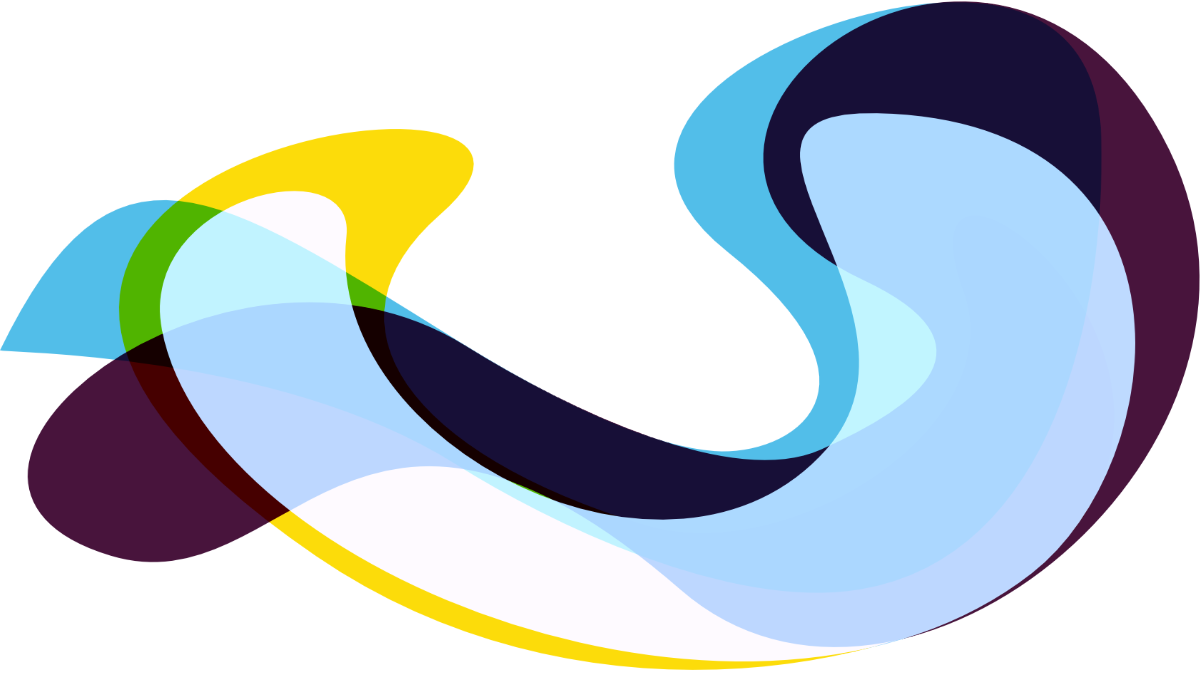Please describe your proposed solution
◼︎日本語はこちら(pdf)
Innovative solution to Japan's vacant property problem: building a community-driven property revitalisation platform using the Cardano blockchain.
> Problem
Japan has a growing problem of vacant houses in rural areas, which is hindering the revitalisation of local communities and the health of the property market. Conventional financial instruments have limitations in terms of financing and management, and a new approach is needed to utilize vacant houses effectively. This issue is not just for vacant but also true for overlooked resources and assets in local communities. We hope to provide a common solution for the problem.
In addition, while we have implemented a prototype on Ethereum and appealed to domestic web2.0 users for ease of use, there are currently few connections with overseas real web3.0 ecosystems. In aiming to become a fundraising platform using RWAs and DAOs in web 3.0 not just in Japan but globally, we believe it is necessary to work with Cardano to create connections with the web 3.0 ecosystem at home and abroad, while attracting international web 3.0 users.
> Prototype
The current prototype can be fully viewed here (schematic diagram of how it works):
Here is an overview of the current prototype.
ANGO-owned properties attract customers through various OTA sites (e.g. Airbnb) to generate main sales.The ANGO's properties are being developed and managed by DAOs for the properties.
DAO members contribute to the properties using their own expertise and receive reward tokens in return.Reward tokens can be redeemed for free nights in ANGO properties.
Currently ANGO is, A booking website for the general public, DAO members with their own token management screen.
> Value of prototypes
ANGO brings three values to solve local problems.
First, it improves property utilization.
Realistically, by industry standards, it is very difficult to achieve an annual property utilization rate of more than 50% by attracting guests through overnight stays alone. Therefore, by opening up available dates to DAO members, the property utilization rate can be increased greatly.
Second, it lowers operating costs.
By enlisting the help of DAO members, the development and operation of properties can proceed without inflating resources within the ANGO. Not only that, but because ANGO DAO members are located throughout the country, property development can proceed quickly and on a large scale.
Third, new jobs are created.
In the future, ANGO reward tokens will be redeemable for access to all RWAs. The more diverse the redemption opportunities, the more DAO members will be able to contribute their talents to the ANGO. New employment opportunities will be created here.
> Our approach
The ANGO project uses DAO and RWA NFT to transform vacant houses into attractive holiday homes run by the community. This will let people rediscover the attractiveness of the area and generate new economic activity, using the Cardano blockchain as a foundation, which will ensure transparency and attract investment from all over the world. we also hope to offer this platform to third party projects that share a similar vision.
In addition to our current prototype, we plan to Issue akiya property RWA NFTs to raise money from users. So users can own the RWA properties through DAO.
> Engagement
Local community members can be involved in the design and management of the project, thus creating a direct connection with the users. This builds trust and interest in the project and enables it to operate sustainably.
> Specificity
This project is the first attempt to utilize real-world assets (RWAs) together with DAOs on the Cardano blockchain and proposes a new model for local development using decentralized technology and organization model.
> Importance to Cardano
If the project is successful, it will provide an opportunity for Cardano technology to be accepted by more companies and regions. It will also increase its credibility with other developers and investors as an example of the practicality and scalability of the Cardano blockchain. We can potentially bring in more than 34 million users to the Cardano ecosystem in the long run.

